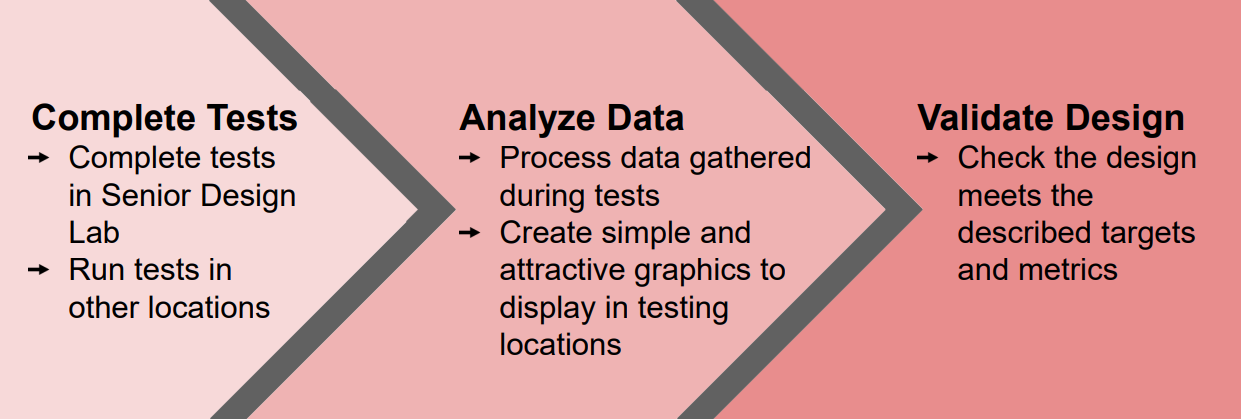
The Honeywell JACE controllers display six aspects of air quality on a web display accessible when connected to the same local area network as the controller. This data is exportable as a CSV, which can be utilized to create more complex graphics
As schools and universities return to in-person learning amid the COVID-19 pandemic, air quality is an important topic. Our sponsor, Honeywell, wants to explore how to improve air quality in indoor spaces. This project’s goal is to lessen the spread of harmful particles present in the air of university classrooms, namely COVID-19.
This project aims to measure and adapt air quality in the FAMU-FSU College of Engineering. Air will be adjusted to promote a healthy building climate without changing the existing air handling system. We are measuring and adjusting air quality using equipment on a pair of portable carts. One cart contains a suite of sensors to measure the air quality. The second contains cleaning equipment to improve air quality. We chose this concept because of its portability. A portable design allows users to easily transport the equipment around the college. We can temporarily place the carts in a room to study and adjust air quality. The carts can then be moved to new spaces as needed.
Users can easily track air quality during different times of day. When higher levels of pollutants are present, operators can adapt device settings to best suit each room. The project can track how specific activities and varying occupant levels effect air quality. A computer displays the recorded data to users. Operators can use data to choose when to run the equipment. Running the device only when air quality is low boosts the efficiency of the project by lessening unnecessary use. This project can be used in locations other than schools and universities. In the future, we can scale this project for use in hospitals, stadiums, and other high traffic public spaces which are seeing an increase in face-to-face contact.

Test Engineer
Mechanical Engineering Student at Florida State University with a concentration on thermal fluids. He will become the first engineer in his immediate family. He plans on following in his father's footsteps in improving quality of life through building, but as an MEP Engineer.

Project Engineer
Mechanical Engineering Student at Florida State University from London, England. Her areas of study include materials science and thermal fluids dynamics, with a particular interest in superconductivity. After graduation, she hopes to attend graduate school to pursue a Ph.D. in engineering.

Research Engineer
Mechanical Engineering Student at Florida Agricultural and Mechanical University from Winter Haven, Florida. His interests are in dynamics and thermal fluids design. During his time at the FAMU-FSU college of engineering, He developed skills in Cero Pro-E and SolidWorks 3D modeling tools along with MATLAB and C++ for data analysis.
